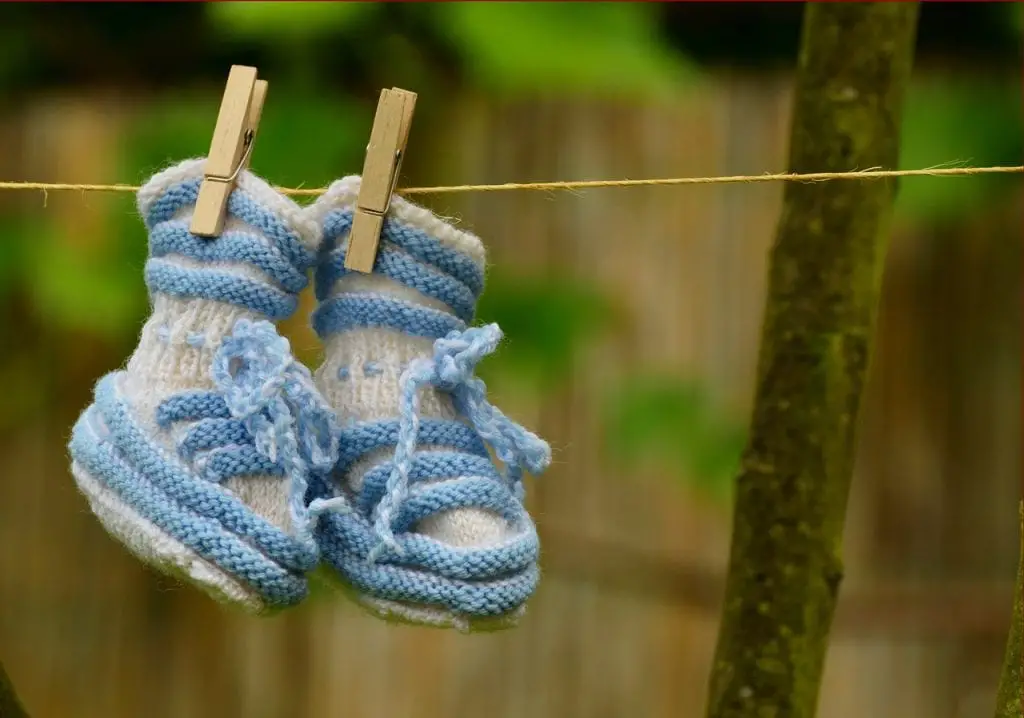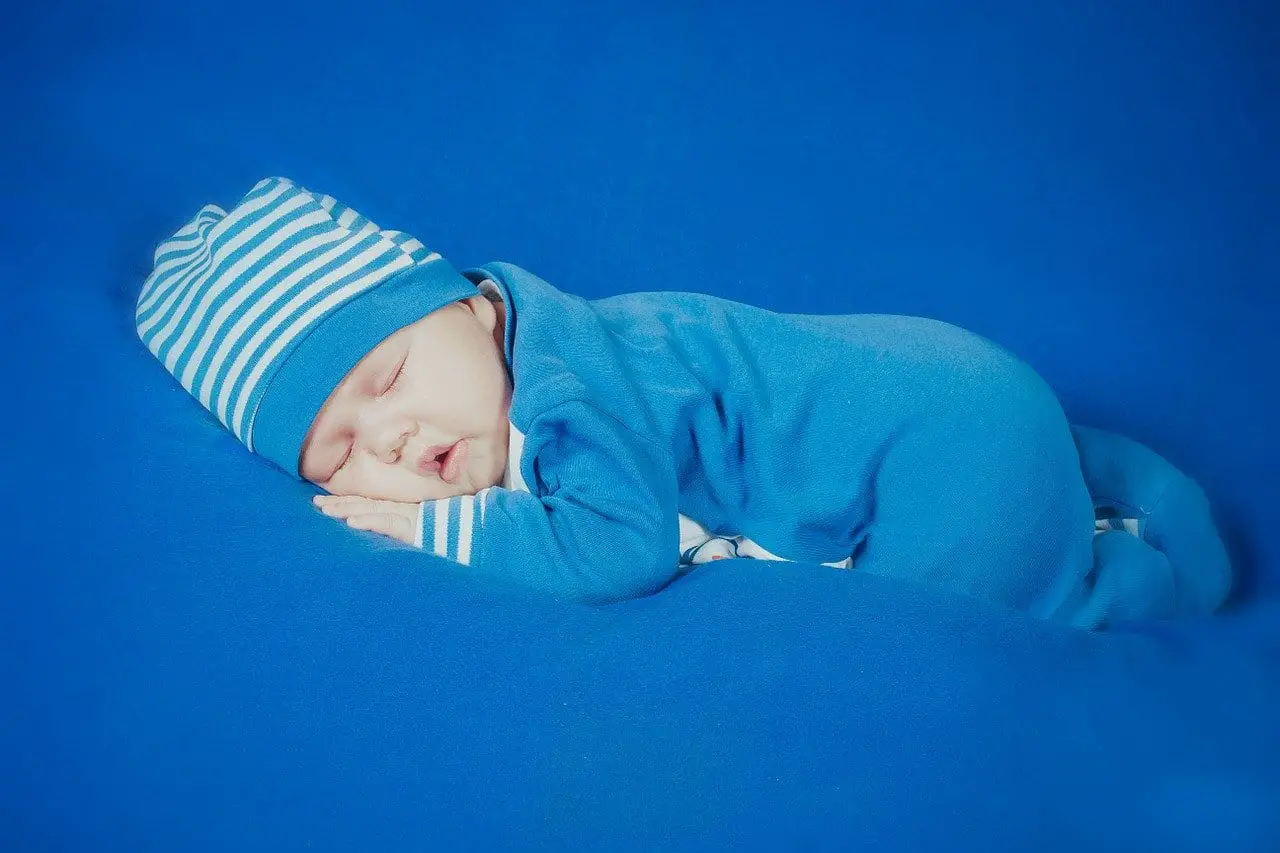With all the uproar and controversy surrounding gender bias today, you would think that babies would be spared. This is not to be. The association of colors symbolizing genders has been in this world since the olden days. From the time that humans come into this world, they are forced to embrace their roles – that of being a boy or a girl. This is largely the result of culture and upbringing, which is almost universal and common to different civilizations – mostly western. Growing up, we learn a rule that states that pink is feminine and blue is masculine. It may be spoken or implied. It is often everywhere we go while we grow up – we hear family members speak of it, see it portrayed in paintings on museum walls, etc. Let’s not forget, it’s in our faces in shops too. Consumerism has had a field day with this dictum.
History of association of boys with blue color
There’s a lot you can learn from reading about the actual history behind this belief that blue symbolism is used for masculine connotations, and pink for feminine ones. Around the nineteenth century, pastel colors were the much sought-after colors for baby clothing and all other things related to babies. As biased as this may sound, pink was selected to complement pink cheeks and a fair complexion. You may have guessed, by now, that blue was selected to match the color of the eyes. In the early days, blue was thought of as being a graceful color and was associated with girls. The color pink was considered a stronger shade and was assigned to boys. So how did all that change?
Even before the nineteenth century, in paintings like those of Thomas Gainsborough’s The Blue Boy (1779), there is a distinct portrayal of a boy, completely clad in blue. In contrast, in a painting by Verspronck, we see a young girl in blue. Somewhere in the1950s and 1960s, there was a shift and girls were linked to the color pink as it was closest to the shade of red. Red was thought of as the color of romance and all things feminine (such as roses). By this time, women were perceived as more emotional than men too, and by the mid-sixties, the liberation movement was growing steadily stronger. Still, to this day, we often hear of parents planning for the arrival of their offspring, and the color coding has stuck. Now, with the advent of the new trend of gender reveal parties, the “rule” has only been encouraged to stay.
By using blue symbolism and pink symbolism, society is only reinforcing a role for a person to fit into, whether that person wants to or not. Unspoken rules suggest that girls can only like pink, and boys can only like blue. Any diversion from this meets disapproval in many societies, and plain ostracization in some cultures. Be that as it may, opinions differ, however outdated, but it’s nice to know why they were ever enforced in the first place.

The research of Jo Paelotti
Research into this phenomenon was carried out for decades by a historian at the University of Maryland in the USA. According to Paelotti’s findings, there was no basis for gender color coding before the twentieth century. The researcher suggested that such norms evolved in the USA only from the twentieth century and not before. This argument seems logical, and it should have stuck. Nonetheless, it did not. Society isn’t open to accepting change very easily, and disproving an idea that’s been around for centuries, is nothing short of impossible.
The twentieth century
One thing is interesting to note. Everything to do with the arrival of a new baby in the early 1900s, decidedly implied that blue was as much a color for girls as pink was for boys. In fact, media tried to change long-standing ideas by writing about them in various magazines. For a while, retailers manufactured baby apparel and items in both colors. Nevertheless, the attempt was a failed one. In 1927, Time Magazine was inclined to lean towards convention in a report it published about baby clothing manufacturers. Paleotti’s research states that, by the time World War Two ended, it was a globally established fact that pink was symbolic for girls and blue symbolism was for boys. People were still getting used to this norm, and it was firmly entrenched in the United States of America only in the eighties.
From a sociological standpoint
Today, it is common to see strict norms for boys and girls. We may call ourselves a “modern” society, but we can’t leave our past behind. Phillip Cohen, a sociologist at the University of Maryland, states that this rule has little to do with our past. Society is largely driven by capitalism. The Industrial Revolution is a testament to this. In the middle of all this, is the consumer. These norms, indicative of blue as the color for boys, are largely propagated by shrewd marketing professionals. The idea stuck when the era of mass marketing took hold. From this point of view, it makes perfect sense. People wish to be “normal” where gender is concerned. Marketing strategy inadvertently convinces us to buy certain products that confirm this belief. That’s how marketing and retailing works, Cohen claims.
A world of influence
In earlier times, both baby girls and boys wore frocks. These were mainly in white. Whatever we believe, is majorly influenced by the world in which we live. This accounts for a large amount of societal norms that we live by even today. We also do this to “fit in.” Make no mistake, everyone wants acceptance at the end of the day. In the midst of the Second World War, when most of the male population was fighting in the field, women were in the positions of nursing and caregiver roles. At the same time, influential fashion designers like Christian Dior, were touting blue symbolism in terms of the color for males. Females were meant to wear more “feminine” pinks and floral clothing. This was in 1947.
Normalcy and idealism post World War II
At a time when America (and the rest of the world) was reeling from one of the worst wars in history, people were looking for normalcy. How can you blame them? Out of an abyss of devastation, there was solace in a bit of idealism too. Going back to the symbolism of gender roles seemed to offer a way of coping with loss and grief.
The modern world
Unfortunately (or not) we are still embroiled in a society that is fixated with the “blue is for boys” routine. Go to any retail store and you will see boys’ paraphernalia in blue. Things like toothpaste are in convenient blue so that parents can decipher whether its for a boy or a girl. Why should it even matter? Toothpaste is for everyone and is used the same way! Today, it’s clearly about marketing.
Many folks seem confused when asked if they believe in the color coding dictum for gender. They wonder whether its because they agree with the concept, or whether it’s peer pressure. To be fair, with a great amount of peer pressure (look at the internet), an individual may be coaxed into believing anything! This, then, would become a truth for the individual concerned. There is no getting away from peer pressure, and if it makes you happy to wear blue, or any other color, it is okay. Anyway, this is a nice thought to take away – research shows that blue is the favorite color of many people, gender aside. Not many people seem to like pink these days!




